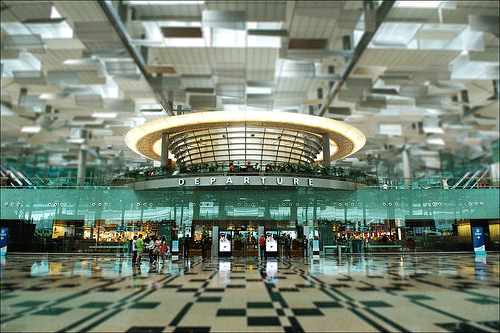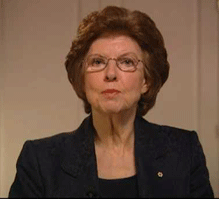Measuring The
Corruption Index

 As
the world economy begins to register a tentative recovery and some nations
continue to wrestle with ongoing conflict and insecurity, it is clear
that no region of the world is immune to the perils of corruption. As
the world economy begins to register a tentative recovery and some nations
continue to wrestle with ongoing conflict and insecurity, it is clear
that no region of the world is immune to the perils of corruption.
The vast majority of the 180 countries
included in Transparency International's "2009 Corruption Perceptions
Index" (CPI) score below, five on a scale from 0 (perceived to
be highly corrupt) to 10 (perceived
to have low levels of corruption).
Fragile, unstable states that are scarred
by war and ongoing conflict linger at the bottom of the index. These
are: Somalia, with a score of 1.1, Afghanistan at 1.3, Myanmar at 1.4
and Sudan tied with Iraq at 1.5.
These results demonstrate that countries
which are perceived to have the highest levels of public-sector corruption
are also those plagued by long-standing conflicts, which have torn apart
their governance infrastructure.
“Stemming corruption requires strong
oversight by parliaments, a well performing judiciary, independent and
properly resourced audit and anti-corruption agencies, vigorous law
enforcement, transparency in public budgets, revenue and aid flows,
as well as space for independent media and a vibrant civil society,”
said Huguette Labelle, (below) Chair of Transparency International.
“The international community must find efficient ways to help
war-torn countries to develop and sustain their own institutions.”
 Highest
scorers in the 2009 CPI are New Zealand at 9.4, Denmark at 9.3, Singapore
and Sweden tied at 9.2 and Switzerland at 9.0. These scores reflect
political stability, long-established conflict of interest regulations
and solid, functioning public institutions. Highest
scorers in the 2009 CPI are New Zealand at 9.4, Denmark at 9.3, Singapore
and Sweden tied at 9.2 and Switzerland at 9.0. These scores reflect
political stability, long-established conflict of interest regulations
and solid, functioning public institutions.
Industrialized countries cannot be complacent
though: the supply of bribery and the facilitation of corruption often
involve businesses based in their countries. Financial secrecy jurisdictions,
linked to many countries that top the CPI, severely undermine efforts
to tackle corruption and recover stolen assets.
Globally and nationally, institutions
of oversight and legal frameworks that are actually enforced, coupled
with smarter, more effective regulation, will ensure lower levels of
corruption. This will lead to a much needed increase of trust in public
institutions, sustained economic growth and more effective development
assistance. Most importantly, it will
alleviate the enormous scale of human suffering in the countries that
perform most poorly in the CPI.
Click here
for an interactive tool to help you see the CPI in various ways.
The CPI data shows a country's ranking
and score, the number of surveys used to determine the score, and the
confidence range of the scoring.
The rank shows how one country compares
to others included in the index.
The CPI score indicates the perceived
level of public-sector corruption in a country/territory.
The CPI is based on 13 independent surveys.
However, not all surveys include all countries. The surveys used column
indicates how many surveys were relied upon to determine the score for
that country.
The confidence range indicates the reliability
of the CPI scores and tells us that allowing for a margin of error,
we can be 90% confident that the true score for this country lies within
this range.
G. Feller
|




